In 2025, the landscape of travel in the United States is shifting in subtle but meaningful ways. While classic tourist experiences, once drawn from TV shows and guidebooks, still hold nostalgia, many travelers are increasingly igniting interest in newer, more personal journeys. Yet, at the same time, several time-honored American leisure activities are seeing a noticeable decline in popularity among international visitors. Economic uncertainty, evolving expectations around authenticity, and competition from destinations offering fresh twists are all playing a part. For any traveler or destination marketer, it’s worth noting which familiar experiences are being skipped so that plans can be better aligned with what visitors actually want in 2025.
1. Road-trip itineraries across the great highway stretches

The iconic American road trip along sweeping highways is no longer the default bucket-list item for many tourists. Where previously driving across states with planned stops was a key draw this year, some overseas visitors are opting instead for compact experiential stays or themed hubs rather than long cross-country itineraries. It seems the time cost and logistical burden of self-driving, combined with the appeal of curated micro-experiences, is shifting preferences away from the once mythic highway road-trip concept.
2. Large theme-park visits in major resort hubs
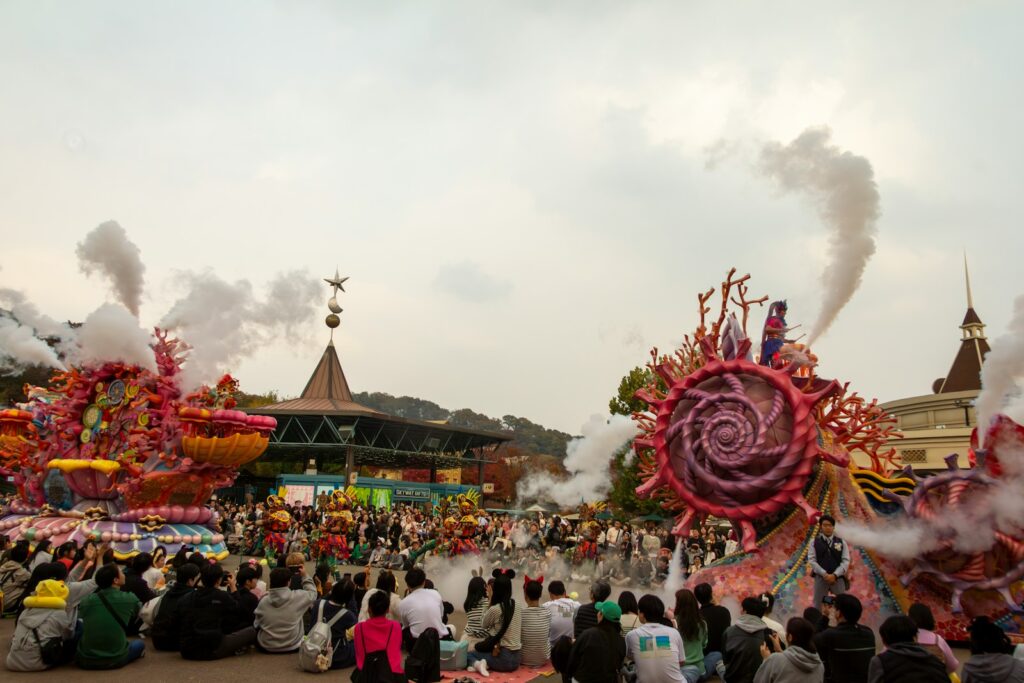
Massive theme parks have long powered American tourism, but in 2025, they are being bypassed by a growing number of visitors seeking quieter or more bespoke experiences. While the thrill rides and iconic mascots still attract families, domestic guests many international travellers are sidestepping the jammed queues and generic gloss in favour of regional cultural encounters or nature-based escapes. The upshot is that big theme-park visits may no longer serve as a universal draw but rather a niche choice.
3. Traditional shopping sprees at outlet malls

Shopping sprees at sprawling outlet malls were once considered a must-do activity while visiting the U.S. However, the rise of online retail discounts and growing awareness of the same brands across global markets has dulled the appeal of physically traveling just to shop. In 2025, more tourists are reallocating their budgets towards dining experiences, local craftsmanship, or immersive outings rather than long hours in retail environments that feel familiar and less unique.
4. Visiting major fixed sightseeing landmarks
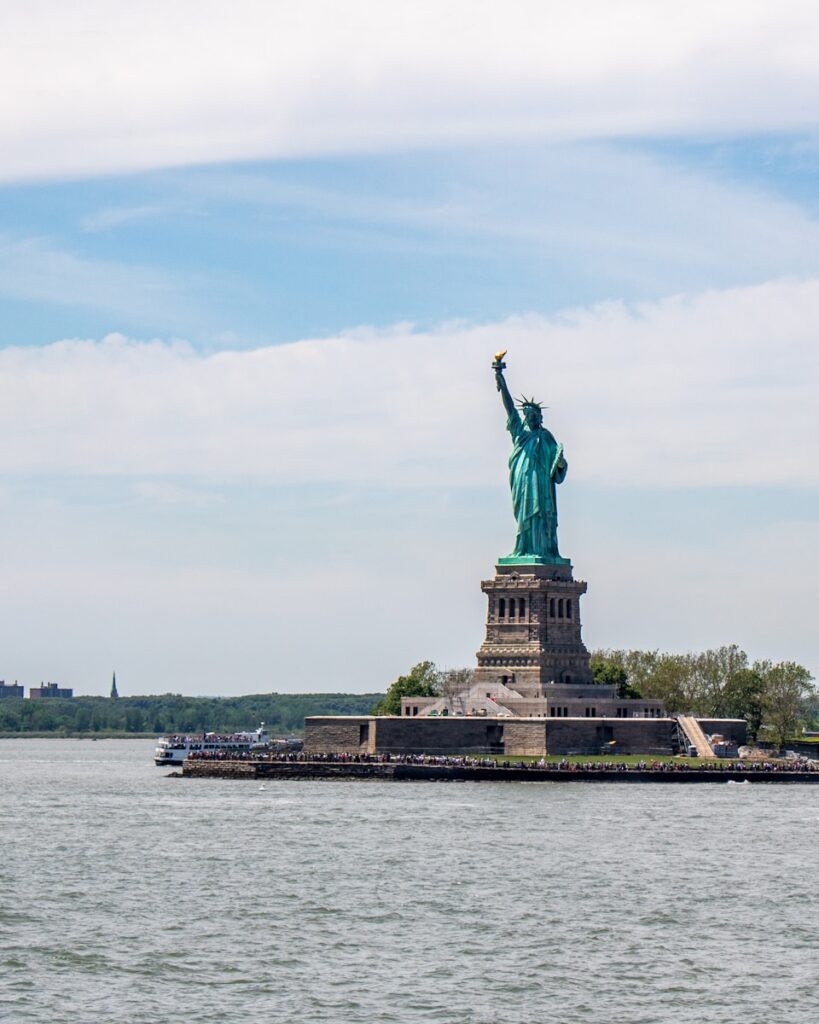
Touring the most famous landmarks in large tour groups is being scaled back by travelers who want to avoid the crowds and predictable photo stops. Instead of following the standard checklist of iconic sites, some are choosing lesser-known gems or flexible schedules that allow discovery rather than repetition. This means that structured bus tours and deeply packed itineraries are losing favor; the demand is shifting towards more spontaneous or offbeat sightseeing formats.
5. Staying in large chain hotels in tourist districts
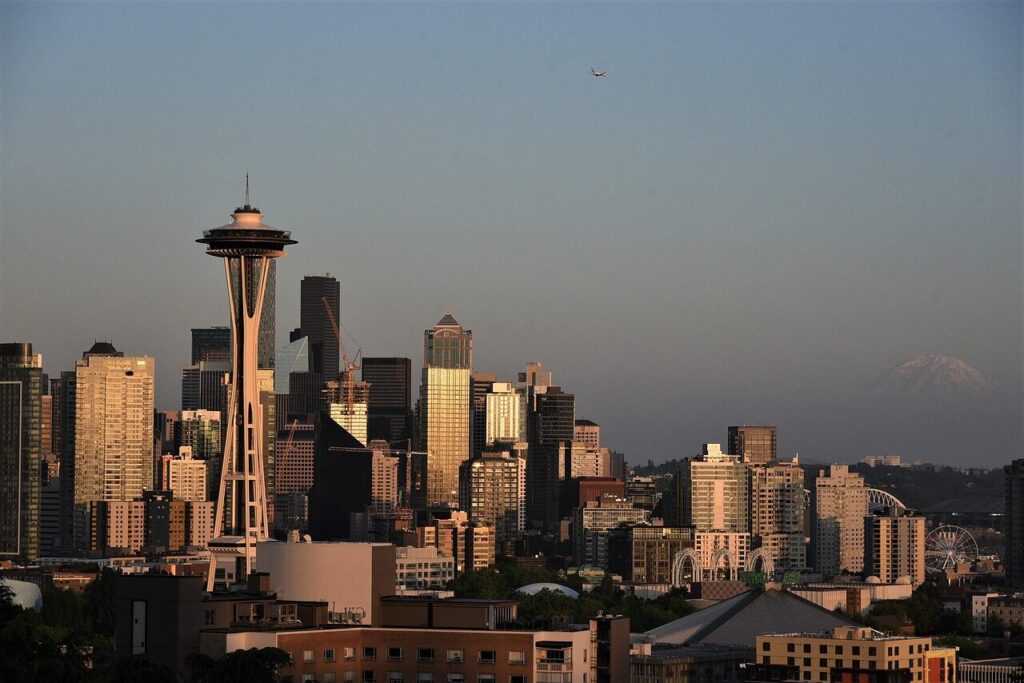
Traditional stays in big chain hotels located in the heart of tourist districts are being re-examined by visitors in 2025. Many international travellers are favouring boutique accommodations, neighbourhood stays, or locally managed guest houses that promise more character and connection to place. The standard hotel tower with uniform service and international branding is no longer automatically assumed to be the best option if it lacks a story or sense of local immersion.
6. Dining at big national chain restaurants

Eating at well-known American national chain restaurants is increasingly viewed as less essential by tourists who arrive knowing those brands exist in their home countries or neighbourhoods. Instead, they are seeking local specialty eateries unique to the region, artisanal food stalls, or small family-run kitchens with authentic taste. As a result, large chain dining experiences that once seemed novel are now being skipped in favour of food that tells a richer story about place and culture.
7. Taking classic sightseeing bus tours with fixed schedules
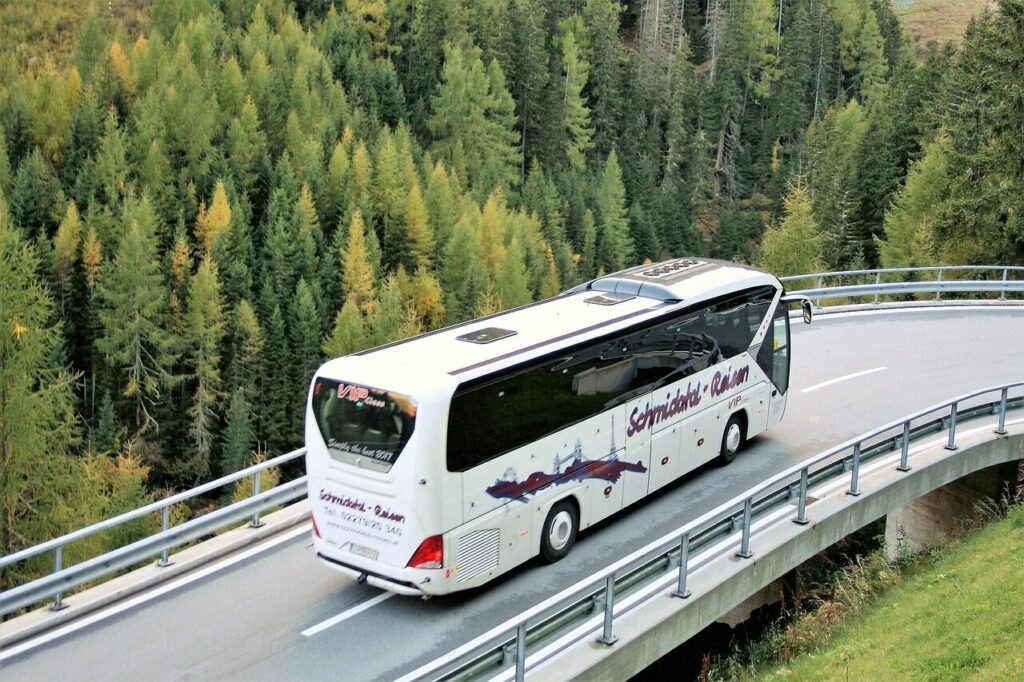
Sightseeing bus tours that follow predetermined routes and timetables were once a staple for visitors looking to cover major sites efficiently. However, this format is now seen by many travellers as rigid and less suited to their appetite for personalized or flexible experiences. In 2025, people are more likely to choose self-guided walking explorations, e-bike tours, or ride-share drop-offs that allow them to linger or skip as they please rather than adhere to fixed bus tour schedules.
8. Participating in large-scale spectator-based sporting event attendances

Attending large-scale sporting events such as major league games has been a frequent leisure activity for visitors to the U.S. Yet in 2025, the appeal of these big venues and stadium crowds is softening for some tourists who prioritize cultural or scenic experiences instead. The cost commitment, logistics, and sometimes opaque ticketing of major sports games are factors in the shift. Some travelers still attend sports but prefer smaller leagues, local matches, or interactive sport-related experiences rather than being one face in a massive audience.
9. Visiting heavily-photographed Instagram-friendly tourist zones
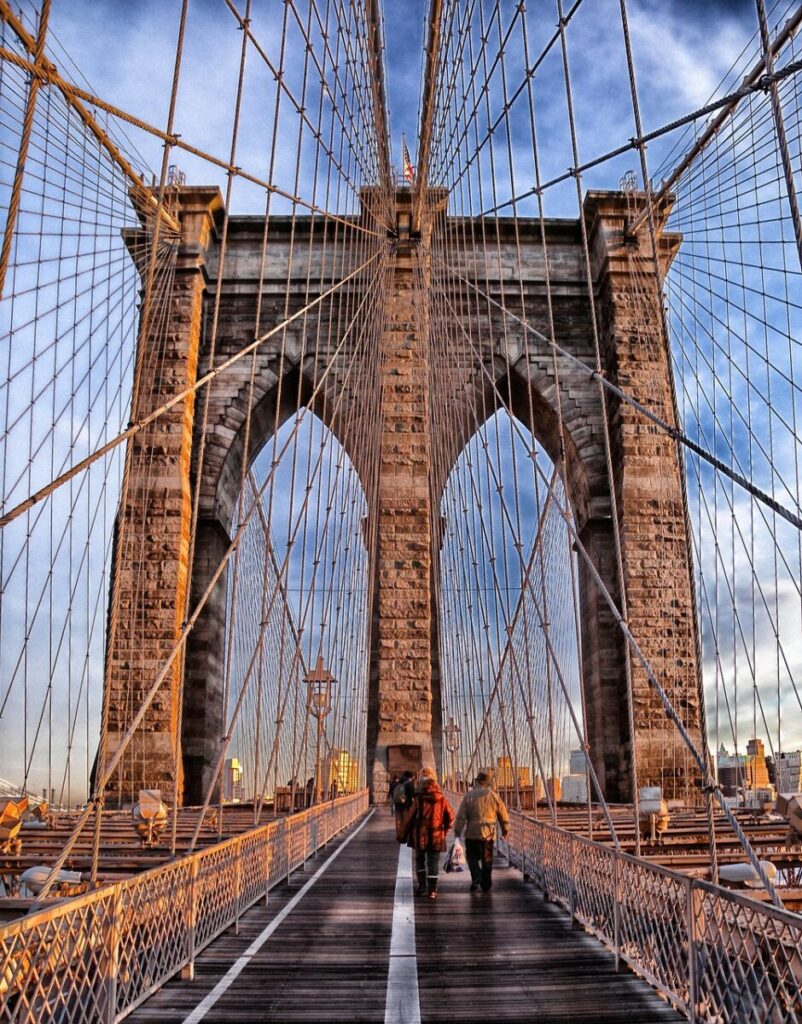
Zones that once thrived on photo ops and social-media visibility are seeing fewer tourists who now want more original discovery rather than just the next shareable backdrop. These high-visibility tourist zones sometimes feel overly staged or crowded, which reduces appeal for travellers looking for authenticity. In 2025, the trend is leaning towards exploring hidden alleys, local art districts, or unpolished scenes rather than just ticking off the famous photo spots.
10. Booking long multi-destination itineraries across many states
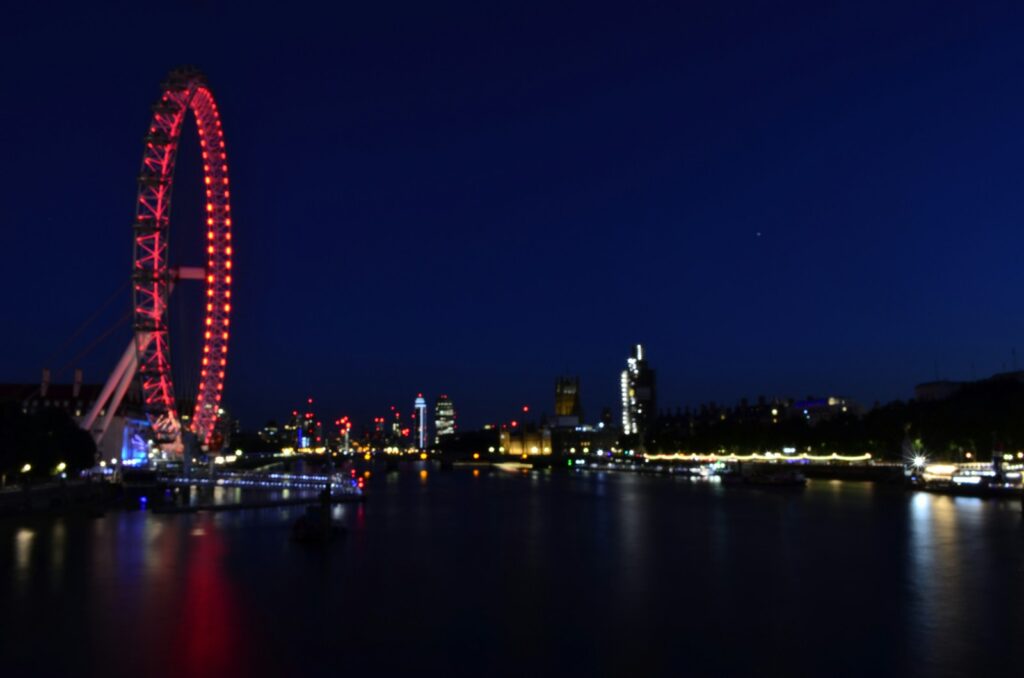
Extensive travel across many states within a single U.S. trip is being pared back by visitors who would rather focus on one region in depth than spread across the entire country. The trend in 2025 shows tourists choosing slower travel, concentrating on fewer places and a deeper experience rather than rushing through multiple locations. This trade-off means some of the old multi-city or multi-state itineraries are being downgraded in favour of high-quality stays and local connections.
11. Engaging in major resort-style beach vacations in well-known destinations
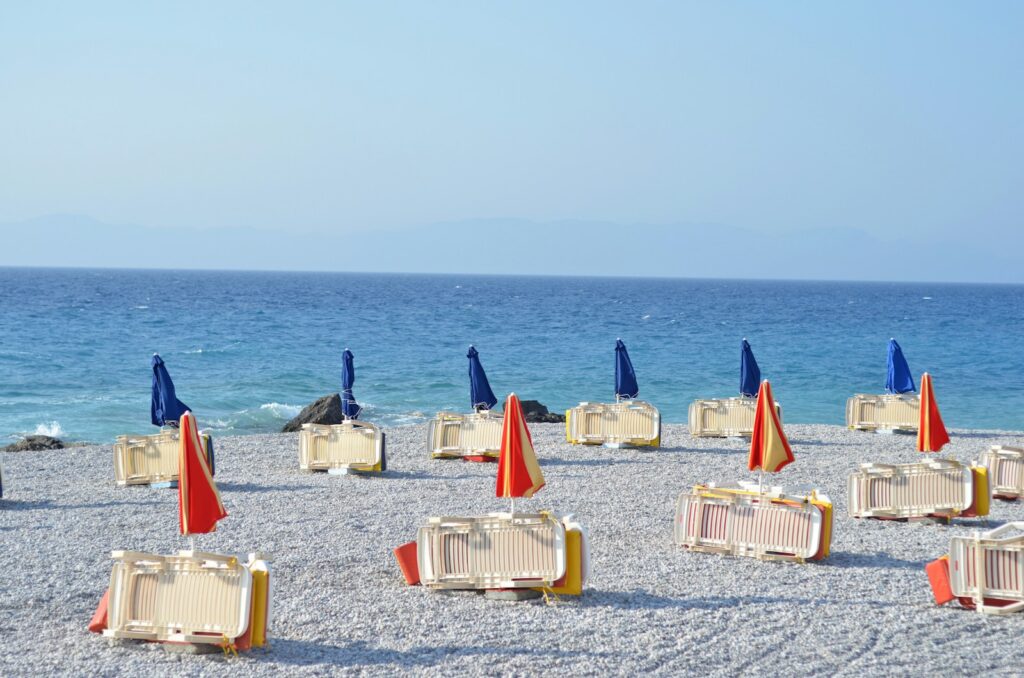
While beach vacations remain popular, the resort-style all-inclusive experience in the most well-known coastal hubs is being reconsidered by tourists seeking more local flavour, less overt commercialisation, and a more relaxed pace. The resort-style beach holiday in a high-traffic area is no longer automatically assumed to be the best version of seaside travel, according to 2025 preferences. Travellers may still go to the beach but increasingly favour quieter or less mainstream beach settings.
Comments